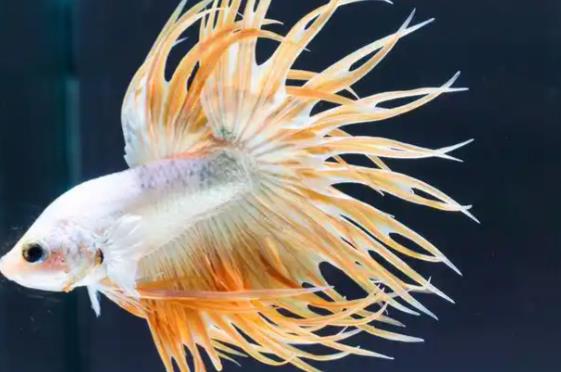A balanced diet that’s also palatable is key for bettas. Here are specific recommendations:

1. Types of Food
Live Food
Brine shrimp: Rich in protein and unsaturated fatty acids, they’re great for promoting growth and enhancing color, making them ideal as a first food for fry.
Bloodworms/water fleas: High in protein and highly effective for boosting color, but they must be thoroughly cleaned to avoid introducing pathogens.
Mosquito larvae: A natural food source, but ensure they’re collected safely.
Tubifex worms: High in protein and affordable, but avoid feeding whole to prevent intestinal blockages.
Commercial Food
Pellets: Specifically formulated for bettas, they offer comprehensive nutrition. Floating pellets are recommended.
Flake food: Easily disperses, suitable for individuals that don’t like chasing live prey.
Other Supplements
Frozen/dried live food: Options like frozen bloodworms or dried water fleas are convenient to store and reduce the risk of pathogens.
Vegetable-based food: Algae or dried green vegetable leaves can supplement vitamins, but their proportion in the diet should be controlled.
2. Feeding Tips
Juvenile stage: Feed twice daily, mainly with live food like baby brine shrimp or paramecia, in small, frequent portions.
Adult stage: Feed once a day (increase to 3-4 times during breeding season), about 8-10 pellets each time, with food ideally eaten within 5 minutes.
Notes: Avoid feeding at night or on rainy days to prevent oxygen depletion. Live food must be disinfected, and choose high-quality brands for commercial food.
3. Special Needs
Breeding adults: Increase the proportion of live food (e.g., bloodworms, water fleas) to boost egg production and hatching success.
Color enhancement: Live foods rich in natural pigments, such as bloodworms and brine shrimp, help intensify the vibrancy of their colors.
By combining a variety of live and commercial foods with a scientific feeding schedule, you can effectively ensure your betta’s health and vitality.
